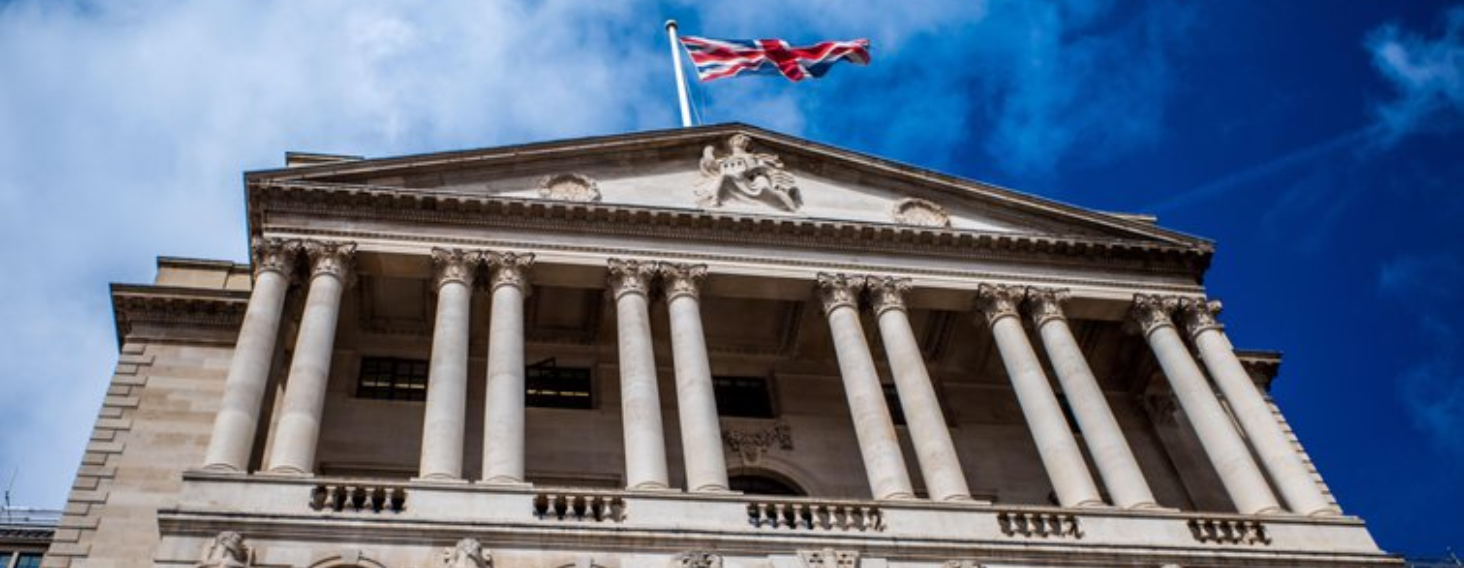The Bank of England has taken the decision to cut interest rates voting today by a majority of 5 to 4 to reduce Bank Rate by 0.25 percentage points, to 4 per cent, rather than maintaining it at 4.25 per cent.
The Committee is said to be remaining focused “on squeezing out any existing or emerging persistent inflationary pressures, to return inflation sustainably to its 2 per cent target in the medium term”.
Responding to the latest interest rate decision by the Bank of England, Paul Britton, CEO, Thames Valley Chamber of Commerce said:
“The Bank of England’s interest rate cut to 4% brings some relief, but the landscape remains challenging for businesses in the Thames Valley and beyond. Persistent cost-of-living pressures and global uncertainties continue to weigh heavily on business sentiment.
“The global trade war, National Insurance hikes, and a lack of certainty and direction from the government around what will happen in the next Autumn Budget continues to impact economic growth. So, a rate cut will be widely welcomed by businesses across the region.”
David Bharier, Head of Research at the British Chambers of Commerce said:
“Businesses will welcome the decision to cut the base rate to 4%, marking a further move away from a prolonged period of elevated borrowing costs. With signs that the labour market is beginning to loosen and unemployment edging upwards, the Bank is right to act to mitigate the risk of a deeper downturn.
“SMEs in particular have been under sustained pressure from cumulative cost increases and external shocks. The impact of April’s national insurance rise is now tangible, with firms reporting reduced investment and recruitment plans. As today’s report by the Bank highlights, our Q2 survey showed 56% of firms citing tax as a bigger concern than earlier in the year. Ongoing global disruptions have compounded the unpredictability.
“Rate cuts alone are only part of the solution. To restore business confidence, firms will need to see a roadmap to lower their cost burden, further improvements to ease trade friction, and greater investment in AI and infrastructure.”

